You have no items in your shopping cart.
Do you have a project in mind but have no idea where to start? Let us help you. One of the first things you will want to do is decide what kind of fiberglass you want to use. Do you need to build up thickness fast? Are you concerned about strength? Do you have tight corners you are working with? Let us break things down a bit to help you decide if fiberglass cloth is right for your project or if you are needing chopped strand mat. Keep in mind that you can actually use both together to achieve your desired outcome. Below is an overview.
Fiberglass Cloth

(Plain weave fiberglass cloth)
Fiberglass Cloth is a woven fabric. Plain, 4 harness satin and 8 harness satin are the weave styles we carry. The 4, 6 and 10 ounce plain weave fabrics are the most commonly used. In this simple plain weave pattern, warp and fill yarns are interlaced over and under each other in alternating fashion. The plain weave is the easiest to handle since it does not unravel as much as the other weaves when cut.

In the four-harness satin weave pattern there is a three by one interfacing where a filling yarn floats over three warp yarns and under one.

The eight harness satin is similar to the four harness satin except that one filling yarn floats over seven warp yarns and under one. The satin weaves are slightly stronger and more pliable than the plain weave and are easier to conform to curved surfaces. They are more difficult to handle than the plain weave, though. Use fiberglass cloth when you are looking to create a strong, light weight product.

Chopped Strand Mat
Chopped Strand Mat (also known as fiberglass mat) has short strands of fibers held together with a resin binder. The fibers are randomly oriented. Mat is only compatible with polyester and vinyl ester resin. When resin is added to the mat, the binder dissolves and the fibers can be moved around. It is easier to conform mat to tight curves and corners than it is with weaved fabric. The reason chopped strand mat is not compatible with epoxy resin is because the binder holding the fibers together needs styrene to properly dissolve. Polyester and vinyl ester resins have styrene in them. (There are some places that sell chopped strand mat that is compatible with epoxy but it is hard to come by and much more expensive). Chopped strand mat is the least expensive fiberglass and is often used in mold construction or projects where thickness is needed. Mat is often used as the first layer (before the gelcoat) in a laminate to prevent print through. Print through is when the fabric weave texture shows through the resin. Chopped Strand mat does not have much strength. If you need strength you should choose a woven cloth or you could mix the two. Mat can be used between layers of woven fabric to help build thickness quickly and aid in all layers bonding well together.
For info on more fiberglass reinforcements and resin, check out our Ultimate Fiberglass and Resin Guidebook for Beginners.
For more detailed information on each fiberglass cloth we carry, you can CLICK HERE.
comments (57)
-

-
 David
DavidI am building a sculpture that has some tight bends, and some flat surfaces. It is formed with chicken wire, covered in plaster gauze, and reinforced from the inside with expandable foam (great stuff brand). It is starting to firm up, and isn’t too flexible. But there are areas that could flex if pushed enough. I would like to have a fiberglass surface, and sanded to a smooth finish and painted. It should be strong, with a medium thickness. I’m thinking a combination of strand mat and cloth to cover it. Any thoughts?
REPLY from fgwarehouse: Hey David, do you have a picture of the sculpture? Yes, that should work. It will make it much stronger. The chopped strand mat will be the easiest to work into the nooks and crannies. Then add the cloth over top to strengthen it up. Fairing compound should be used on the surface to smooth it out.
-
 Matt
MattHi,
I am looking to put a thin layer of fiber glass on a wooden toboggan I am making for my family. The purpose of the Fiber glass is for wear and tear and a little rigidity. the wood will be stained and wrapped 360 in the fiber cloth. I am thinking 6 oz might be too heavy , but I have zero experience with fiber cloth and resins. Please help.Thanks Matt
REPLY from fgwarehouse: The 4 oz or the 6 oz will work well. Both are smooth. The 6 oz will be 1.5 times stronger that the 4 oz. I would either use our 2:1 epoxy resin or the P19 surfboard resin. The P19 will need a coat of P18 Finishing resin to seal it up. The They are UV stable where the others aren’t. Let me know if you have any other questions.
-
 Bob
BobI need to reinforce an old motorcycle seat pan and believe fiberglass would work well. It has many cracks and is not very sturdy anymore. My plans are to sandblast the seat pan then drill and braze the cracks. What would you recommend to reinforce the seat pan..mat, cloth, both?… Looking for strength over thickness. Best resin to use for strength?..it doesn’t have to be pretty as it will be covered with the foam and cover once repaired.
Thank you in advance for your advice.
BobREPLY from fgwarehouse: Hey Bob, since you are trying to bond the fiberglass to the seat pan, I would a few layers of the 10 oz cloth and our 4:1 epoxy resin. Polyesters don’t bond well to metal. The epoxy has excellent adhesion properties. You will be happy with it.
-
 Don B.
Don B.I need to repair some cracks in my Harley-Davidson saddlebags. The cracks are right at the mounting points, so I need to ensure a strong repair. The repair will be on the inside of the saddlebags, so aesthetics is not an issue. Should I use chopped strand or fiberglass cloth (plain or satin weave?)?
REPLY from fgwarehouse: I would use our 4:1 epoxy resin and hardener with some 10 oz cloth. The epoxy is stronger and will adhere better to the structure. The 10 oz cloth will build faster than other light weight cloths.


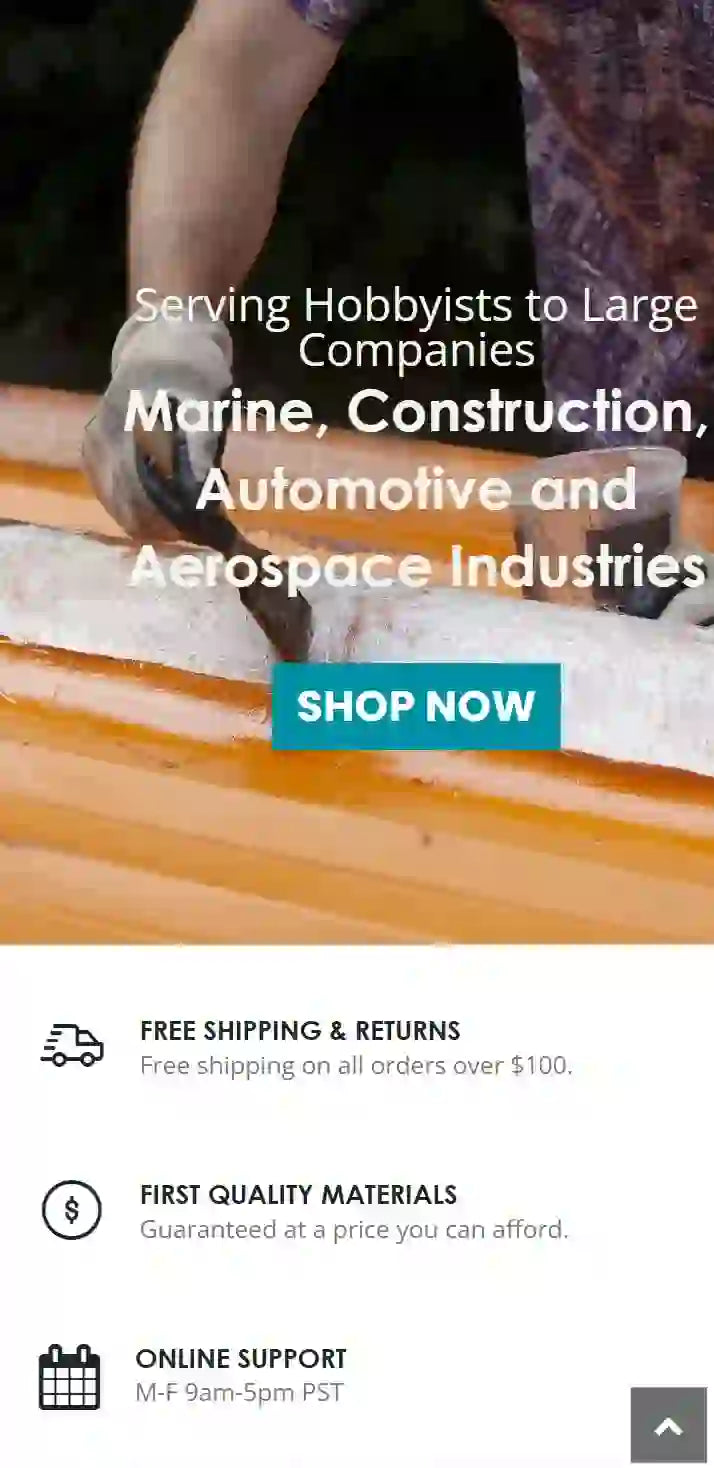
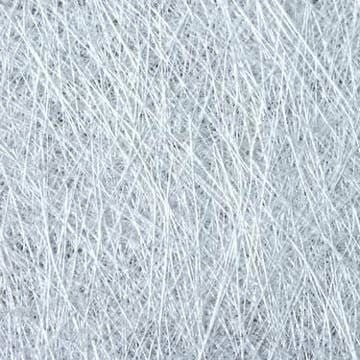
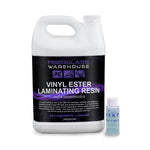

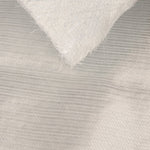
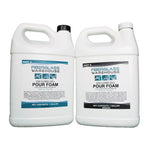
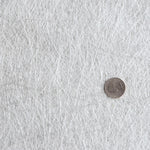

I’m building a custom Batwing Audio Fairing for my motorcycle. I’m using a cheap fiber glass fairing shell off ebay and I have read that the quality is garbage, so I want to give it strength. I feel as if it would be a fairly easy job as it does not even need to look very good since this will be all unseen and inside the fairing. There are likely a few tight corners where the fairing wraps the head light, but it is mostly a smooth sweeping, relatively flat surface. Whatcha thinking?
REPLY from fgwarehouse: So you are trying to strengthen the batwing? I would get some 3/4 oz csm and resin and work the fibers into the nooks and crannys.